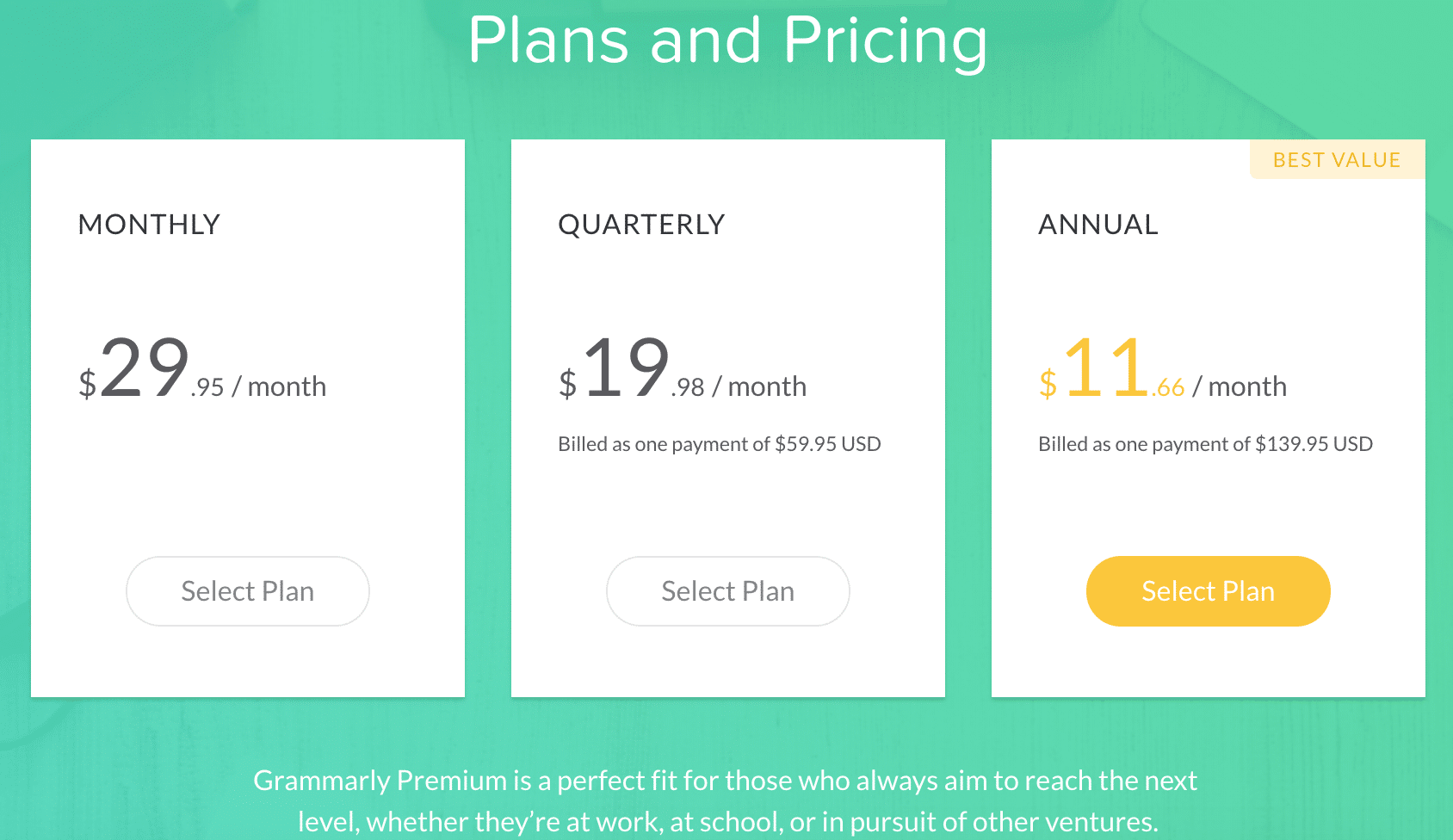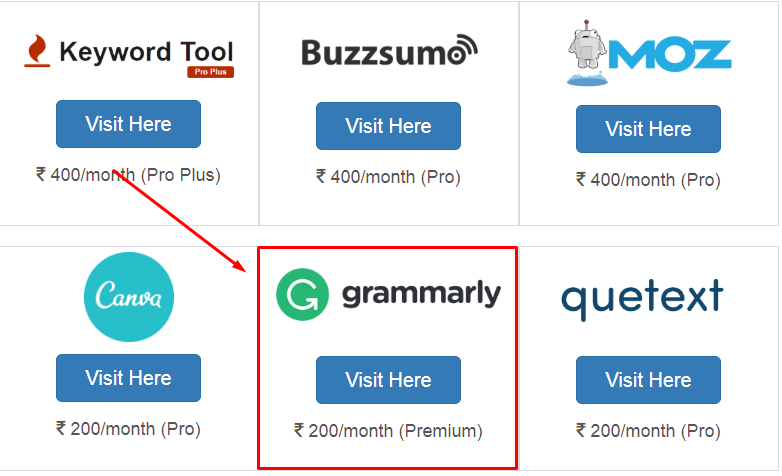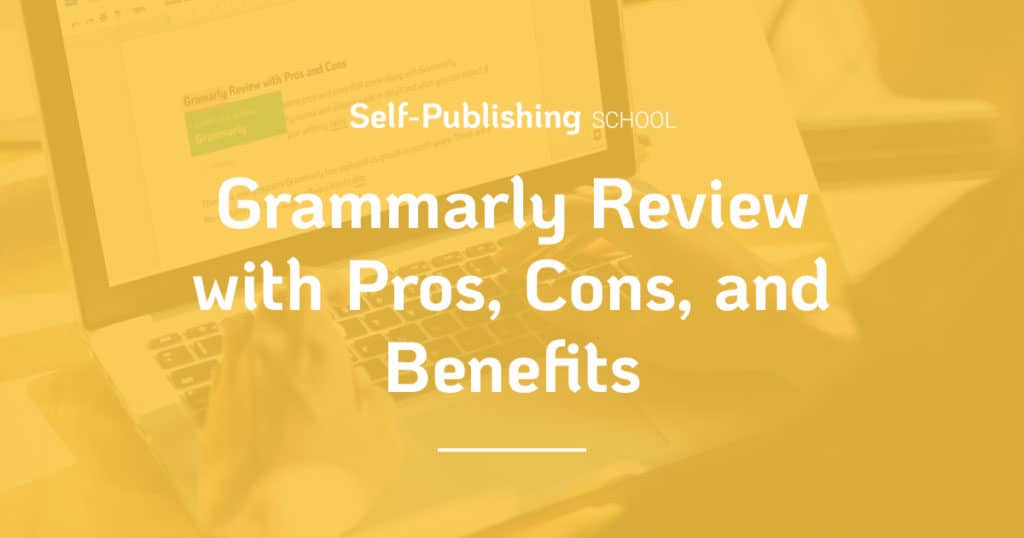

"We write a ton of email and, look, our first impression to a lot of people is via email. That's surprising, and it suggests a gap in positioning. Grammarly customer willingness to pay based on job function.īusiness roles that rely on written communications, like sales and recruiting, were among the least willing to pay for improved writing. The data backs this up-we asked 1,519 current and prospective Grammarly users across a number of different job functions how willing they were to pay for the product. And while Grammarly does a decent job of casting a wide net with their positioning, they have plenty of opportunities to improve conversions by targeting specific buyer personas and feature requirements. Grammarly could benefit from better targetingĮveryone can benefit from better writing-it doesn't matter if you're running a marketing department or earning a college degree. If people are OK with paying $139, they'll be OK paying $150-it's the $10 a year that Grammarly's missing out on for no good reason.
#Grammarly price full#
Customers land on the page and see how much they could save by going with the yearly package-for Grammarly, it's over 60%-and they're more likely to whip out their credit card and pay for the full year. We see this “Amex effect” time and time again. Grammarly's pricing feels high for a B2C-style product.Įven after the discount, the annual plan costs $139 a year-I think that could easily be raised to $150 without losing sales.
#Grammarly price free#
It's great that Grammarly Premium helps me “level up” my writing and “reach the next level,” but won't the free version bring the same results? Tell me what I get in return for my 30 bucks a month-which, to be honest, isn't exactly cheap. Once again, though, it isn't super clear what Premium users get in addition to the Free tier. Looking further down, the pricing table is clear- anchoring the discounted annual and quarterly plans against the monthly rate is smart, and they clearly emphasize the best value (and no doubt the highest-profit) annual plan. Grammarly's pricing page fails to link features to benefits. The problem they're trying to overcome here is that the core benefit of the product-helping people communicate more effectively-is so difficult to quantify. Looking further down the page, we find a lengthy tabbed list of “Premium-Only Checks.” Grammarly once again falls back to placing the focus on features over benefits. So, it's just one of those things where I'm a little bit like, 'Why is this different or why isn't this as obvious?" "People do that all the time, get better results, write with confidence.
#Grammarly price for free#
Grammarly's pricing page doesn't distinguish which features come for free and which are premium.

There's also no way of knowing which of the “Other Features” in the list just below the table are included in the Free or Premium tiers. The pricing page does include a handy feature comparison table, but the page doesn't explain, for example, how “critical” and “advanced” checks are different. When I first looked at their pricing page, I was a little confused about what exactly Grammarly was offering. What isn't clear, though, is what features are available in each tier. While well-designed, the page doesn't address specific personas, focusing instead on the features and writing checks included with the product.

With users spread across a huge range of fields, from academics to English language learners, Grammarly has their work cut out for them to create a sales page that appeals to everyone.


 0 kommentar(er)
0 kommentar(er)
